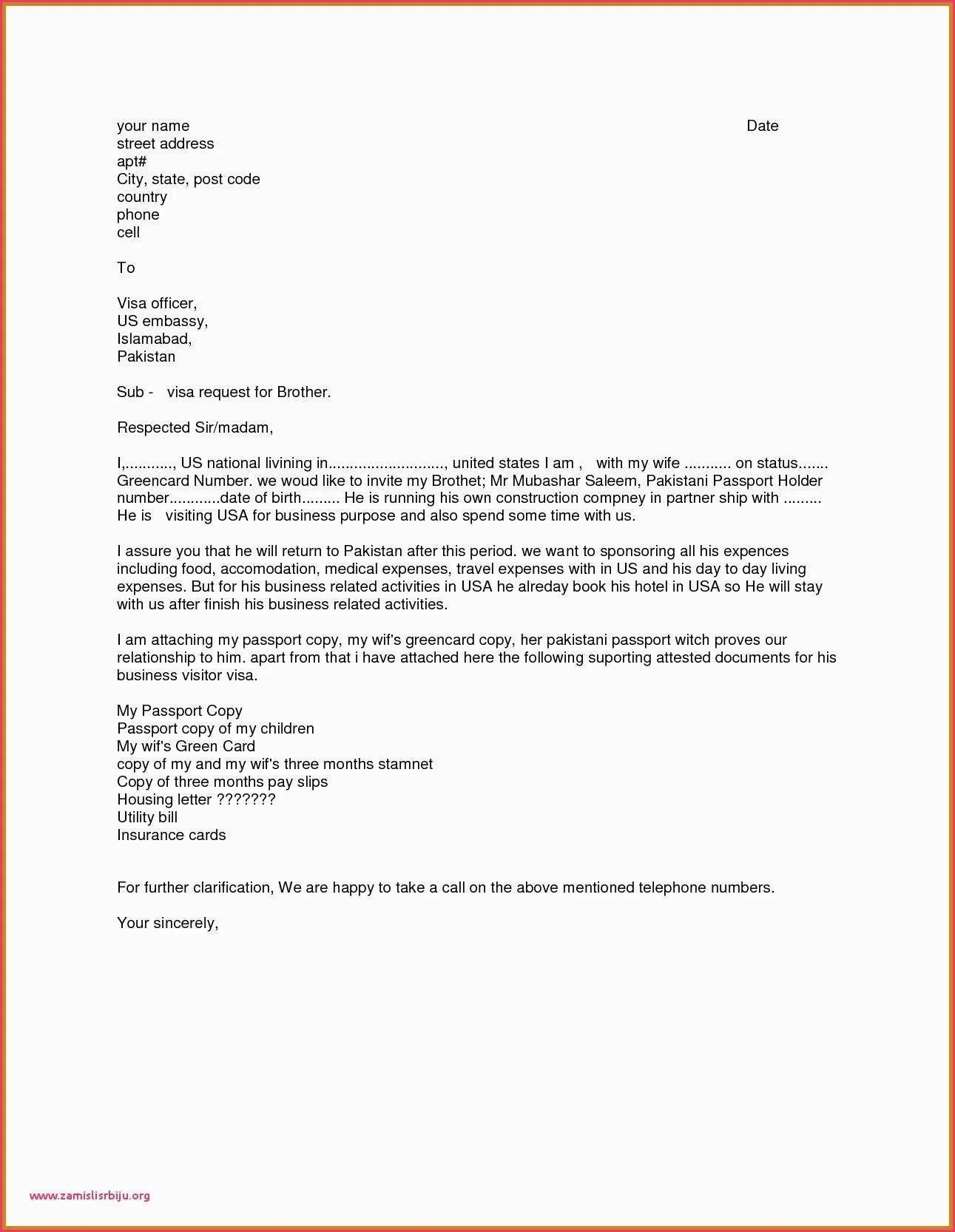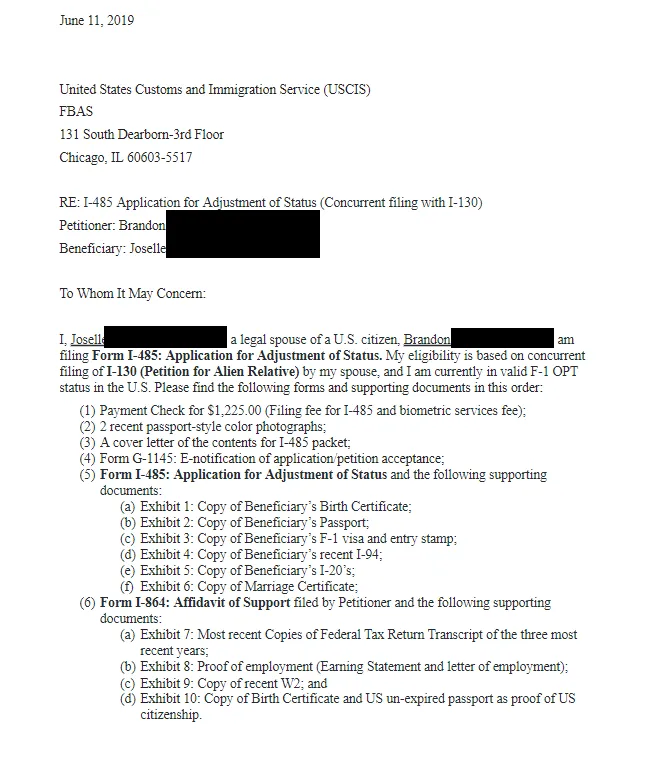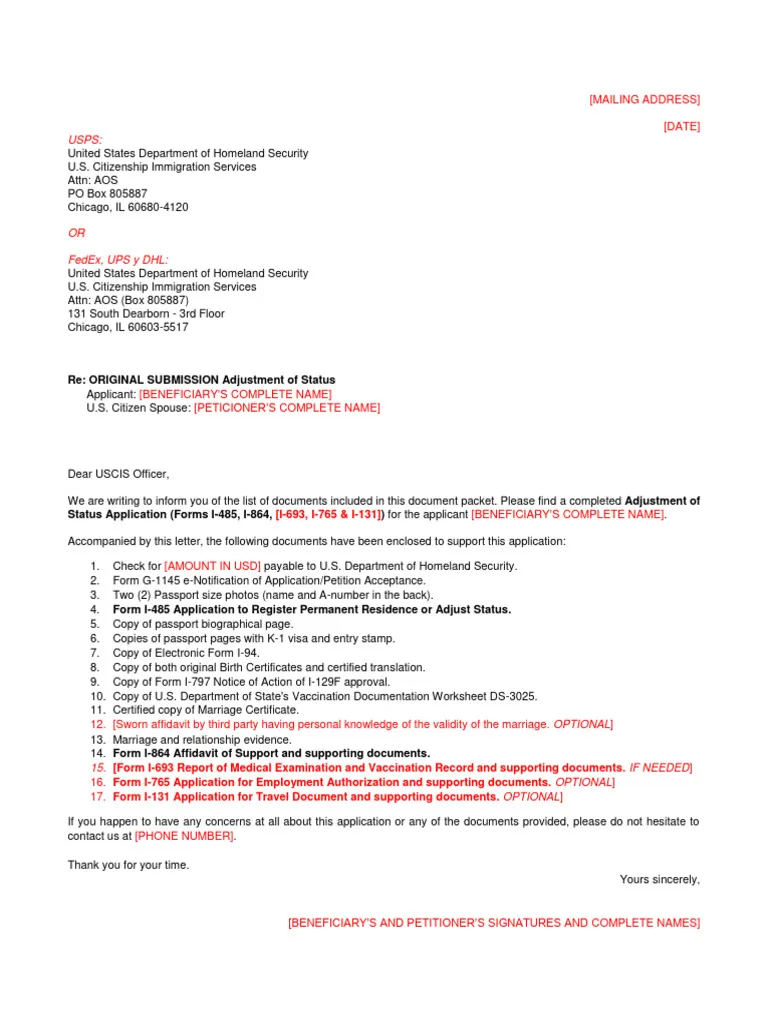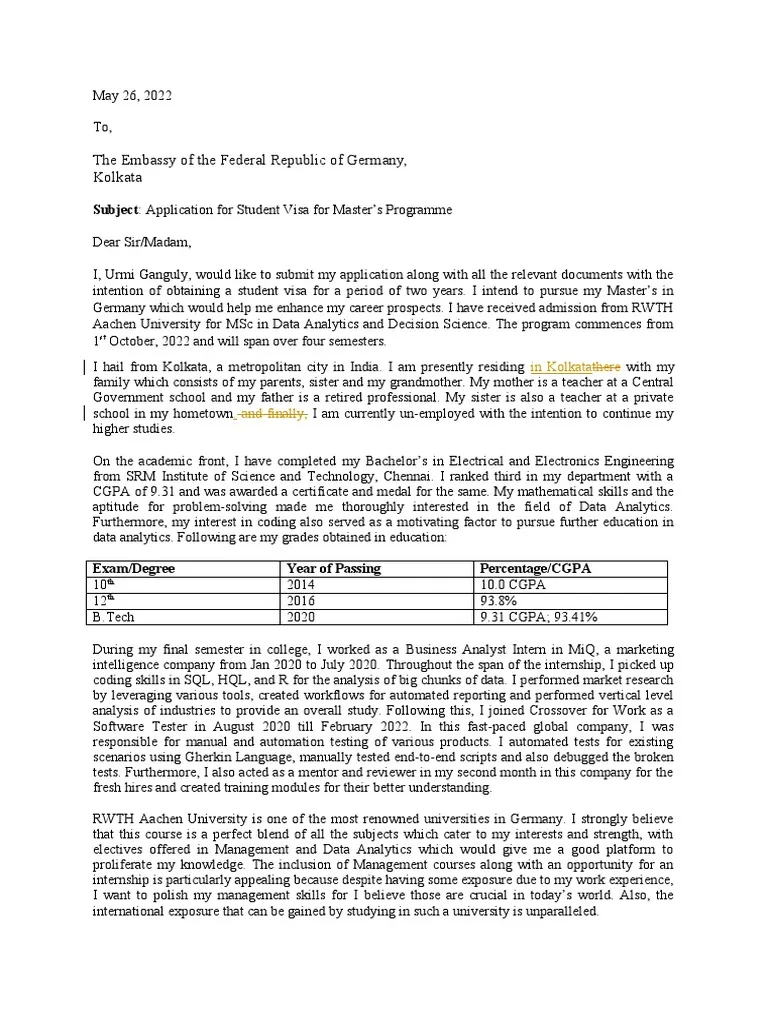Understanding the Purpose of a USCIS Cover Letter
A USCIS cover letter is a critical document accompanying your immigration application. It serves as an introduction to your case, providing a clear and concise overview of your application and the supporting documentation. This guide offers essential insights into crafting an effective cover letter to increase the chances of a successful outcome with the United States Citizenship and Immigration Services (USCIS). A well-written cover letter can significantly streamline the review process for the USCIS officer and help ensure your application is processed efficiently.
What is a USCIS Cover Letter?
A USCIS cover letter is a formal document that summarizes your immigration application. It acts as a roadmap for the USCIS officer, guiding them through the various components of your application. It should clearly state the type of petition you are filing, provide relevant background information, and list all the supporting documents included in your submission. The cover letter is not a legal requirement in all cases, but it is highly recommended for clarity and efficiency. It helps to organize your application and draw attention to the most important aspects of your case.
Why is a Cover Letter Important?

The importance of a USCIS cover letter cannot be overstated. It is the first document the USCIS officer will read, and it sets the tone for the entire application. A well-crafted cover letter can help to avoid delays and potential requests for evidence (RFEs). It assists the officer in quickly understanding your case, thereby facilitating a more efficient review. Furthermore, a clear and concise cover letter demonstrates your attention to detail and your commitment to providing all necessary information, increasing the likelihood of a positive decision. A well-organized cover letter can also help the officer quickly identify any potential issues or discrepancies.
Essential Elements of a USCIS Cover Letter
Several key elements must be included in your USCIS cover letter to ensure its effectiveness. Omitting these elements may cause delays or even lead to application rejection. Focusing on these elements can strengthen your application and improve your chances of success. Ensure each point is addressed thoroughly and accurately.
Applicant Information
Your cover letter should begin with your full legal name, address, date of birth, and any A-Number or USCIS online account number. If you are the applicant, include this information at the beginning of your letter. If you are representing a client, provide their information as well. Ensure that all the information matches the details on the application forms and supporting documents. This helps USCIS to quickly identify the application and associate it with the correct individual.
Petition Type and Details

Clearly state the type of petition or application you are submitting (e.g., I-130 for a family-based petition, N-400 for naturalization). Include the form number and the specific purpose of your application. For example, if you are applying for a green card through marriage, mention the name of your spouse and state that you are applying to adjust status based on the marriage to a U.S. citizen. The information needs to be easily identifiable. Make sure to cite the relevant law or regulation under which you are applying.
Supporting Documentation
Provide a comprehensive list of all supporting documents included with your application. This list should be clear, concise, and easy to follow. For example, if you are submitting a birth certificate, marriage certificate, and passport copies, list each document separately. Organize the list in the same order as the documents are presented in your application package. This helps the USCIS officer verify that all necessary documents are included and ensures that nothing is overlooked.
Clear and Concise Language
Use clear, concise, and straightforward language. Avoid complex legal jargon unless necessary. Ensure that your cover letter is easy to understand. Proofread carefully to eliminate any grammatical errors or typos. The language should be professional and formal. The goal is to make the officer’s job as easy as possible by providing all the information in a readily accessible format.
Structuring Your USCIS Cover Letter

Proper structure is vital for an effective cover letter. A well-organized cover letter not only presents information clearly but also gives a professional impression. Structuring your letter effectively can help the USCIS officer quickly understand the purpose of your application and assess its merits.
Heading and Contact Information
At the top of your cover letter, include your full name, address, and contact information (phone number and email address). If you are using an attorney, include their information as well. Then, on a new line, include the date. Following the date, write the USCIS service center address where you are submitting your application. This information allows USCIS to contact you or your representative quickly if they need to.
Formal Salutation
Use a formal salutation such as “Dear USCIS Officer.” If you know the officer’s name, you can address the letter to them specifically. This shows respect and professionalism. Avoid informal greetings and always use formal language throughout the letter.
Body Paragraphs

The body paragraphs are the core of your cover letter. They should provide a concise summary of your application, including the type of application, the relevant facts of your case, and the supporting documents included. Each paragraph should focus on a specific aspect of your application. Use separate paragraphs for different topics to improve readability. State the purpose of the application, provide a brief background, and highlight the key aspects of your case. This section should be clear, concise, and well-organized.
Concluding Paragraph
In the concluding paragraph, reiterate the purpose of your application and express your gratitude for the officer’s time and consideration. State that you are available to provide any additional information if needed. Include a polite closing, such as “Sincerely” or “Respectfully,” followed by your signature (if submitting a physical copy) and your printed name. This section should re-emphasize the main goal and convey professionalism.
Proper Formatting
Use a professional format, such as a standard font (e.g., Times New Roman or Arial) and size (12 points). Maintain consistent margins and spacing throughout the document. Make sure the letter is easy to read. Use headings and bullet points to break up text and make key information stand out. The layout of your cover letter should be clean and organized.
Tips for Writing an Effective Cover Letter

Following these tips can significantly enhance your cover letter. Writing an effective cover letter requires attention to detail and a clear understanding of the application process. These tips will help you create a strong letter that supports your application and increases your chances of a successful outcome.
Be Clear and Specific
Avoid vague statements. Be specific about the purpose of your application and the supporting documentation. Provide relevant dates, names, and other details. The more specific you are, the easier it will be for the USCIS officer to understand your case and assess its merits. Specificity helps to prevent confusion and ensures that all necessary information is provided.
Proofread Carefully
Thoroughly proofread your cover letter for any grammatical errors, spelling mistakes, and typos. Errors can undermine your credibility and give a negative impression. Ask someone else to review your letter as a second pair of eyes can often catch mistakes you might miss. Make sure all names, dates, and other details are accurate.
Use a Professional Tone

Maintain a professional and respectful tone throughout the cover letter. Avoid informal language, slang, or overly emotional statements. The tone should be objective and factual, presenting the information in a clear and concise manner. Professionalism is essential for a positive impression on the USCIS officer.
Highlight Key Information
Emphasize key information that supports your application. Use bolding, underlining, or bullet points to draw attention to important details. Make sure the most critical facts stand out. Organizing information in this way assists the USCIS officer in quickly identifying the main arguments and supporting evidence in your favor. This will facilitate the review process.
Common Mistakes to Avoid
Avoiding these common mistakes can greatly improve your chances of success. Recognizing and correcting these errors will strengthen your application and avoid potential delays. Be mindful of these pitfalls and take steps to avoid them.
Ignoring Instructions
Carefully review the instructions for the specific USCIS form you are filing. Ignoring these instructions can lead to delays or rejection. Make sure that you provide all the required information and submit your application package according to the guidelines. Read all the instructions carefully before you start preparing the application.
Providing Incomplete Information
Ensure that you provide all the required information in your cover letter and application forms. Omitting important details can lead to requests for evidence (RFEs) or rejection. Double-check that all sections are completed correctly and that all supporting documents are included. Incomplete information can create uncertainty and delay the review process.
Using Informal Language
Avoid using informal language, slang, or overly emotional statements. Maintain a professional and respectful tone throughout your cover letter. This will show that you take the process seriously. A professional tone will ensure a positive impression.
Submitting Unnecessary Documents
Only include documents that are specifically required by USCIS. Submitting unnecessary documents can clutter your application and potentially confuse the officer. Follow the specific instructions and include only what is requested. Stick to the requirements of the form and avoid adding any irrelevant materials.
Reviewing and Submitting Your Cover Letter
Before submitting your application, review your cover letter and the entire application package. A final review is crucial to identify any errors and ensure that all the requirements are met. Following a checklist ensures the accuracy and completeness of your application.
Final Review Checklist
Use a checklist to review your cover letter. Make sure all information is correct and that you have included all required documents. Ensure that your cover letter is well-organized and easy to read. Verify that the format is professional and that all instructions are followed. Check for any typos or grammatical errors.
Submitting Your Application
Submit your application package according to the USCIS guidelines. Make copies of all documents for your records. Send your application to the correct USCIS service center. Keep proof of mailing (e.g., certified mail receipt). After submission, you can track your case online using the receipt number provided by USCIS. Stay updated with your case progress.
